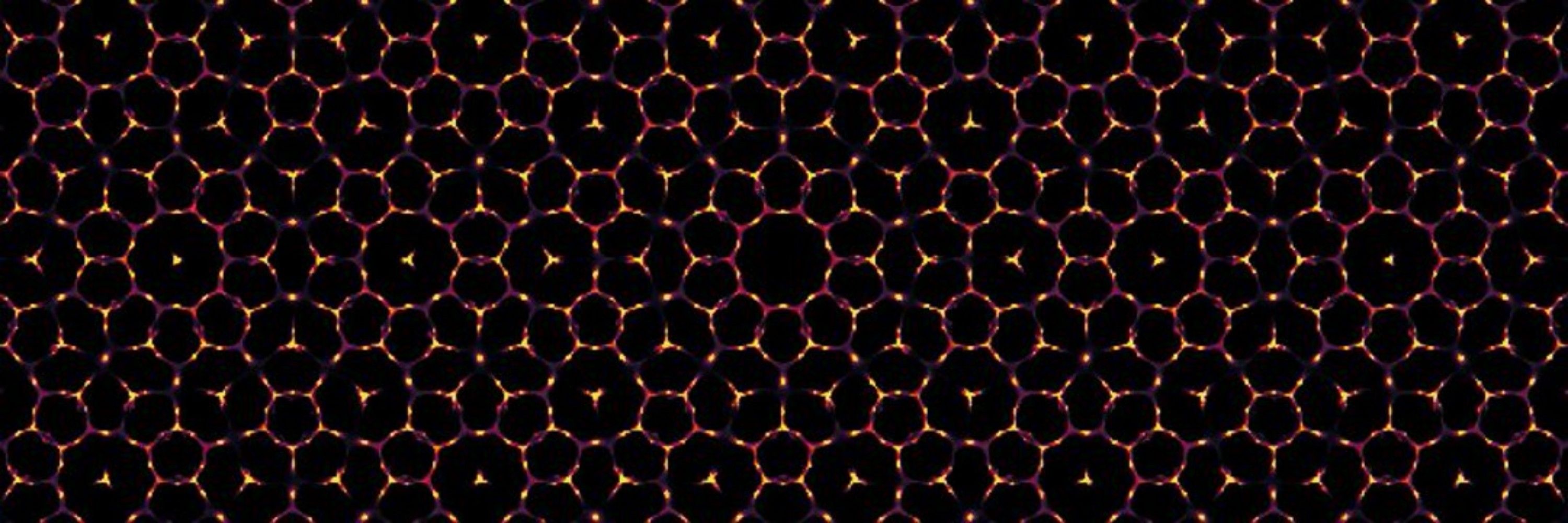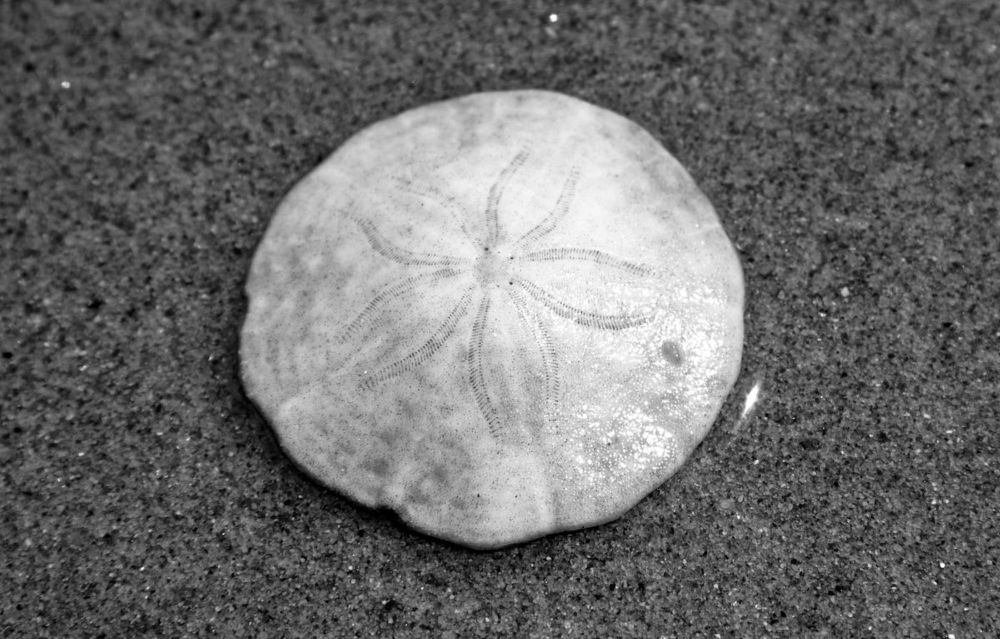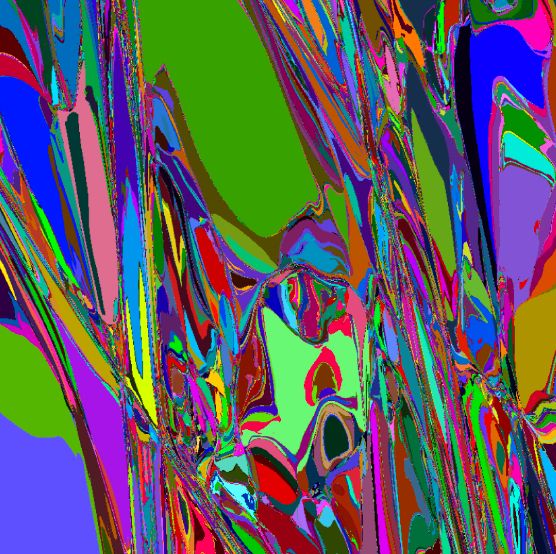
Poke @nyuphysics.bsky.social
Poke @nyuphysics.bsky.social
Also, poke/thank you @remicarminati.bsky.social for helpful discussions and for helping me get back to optics 😄

Also, poke/thank you @remicarminati.bsky.social for helpful discussions and for helping me get back to optics 😄
orcid.org/0000-0002-53...
orcid.org/0000-0002-53...
As a first step, scientists must communicate to the larger world much better.
I wrote an essay about this in 2016, which still holds today.
globalecoguy.org/science-comm...

As a first step, scientists must communicate to the larger world much better.
I wrote an essay about this in 2016, which still holds today.
globalecoguy.org/science-comm...
We hope to test these exciting structures experimentally!

We hope to test these exciting structures experimentally!


Basically, we only maximize the height of a ring of peaks at a chosen k-vector and forbid exact overlaps, but let the rest evolve freely in free boundary conditions.

Basically, we only maximize the height of a ring of peaks at a chosen k-vector and forbid exact overlaps, but let the rest evolve freely in free boundary conditions.







Yay, real-world physics!
Yay, real-world physics!

